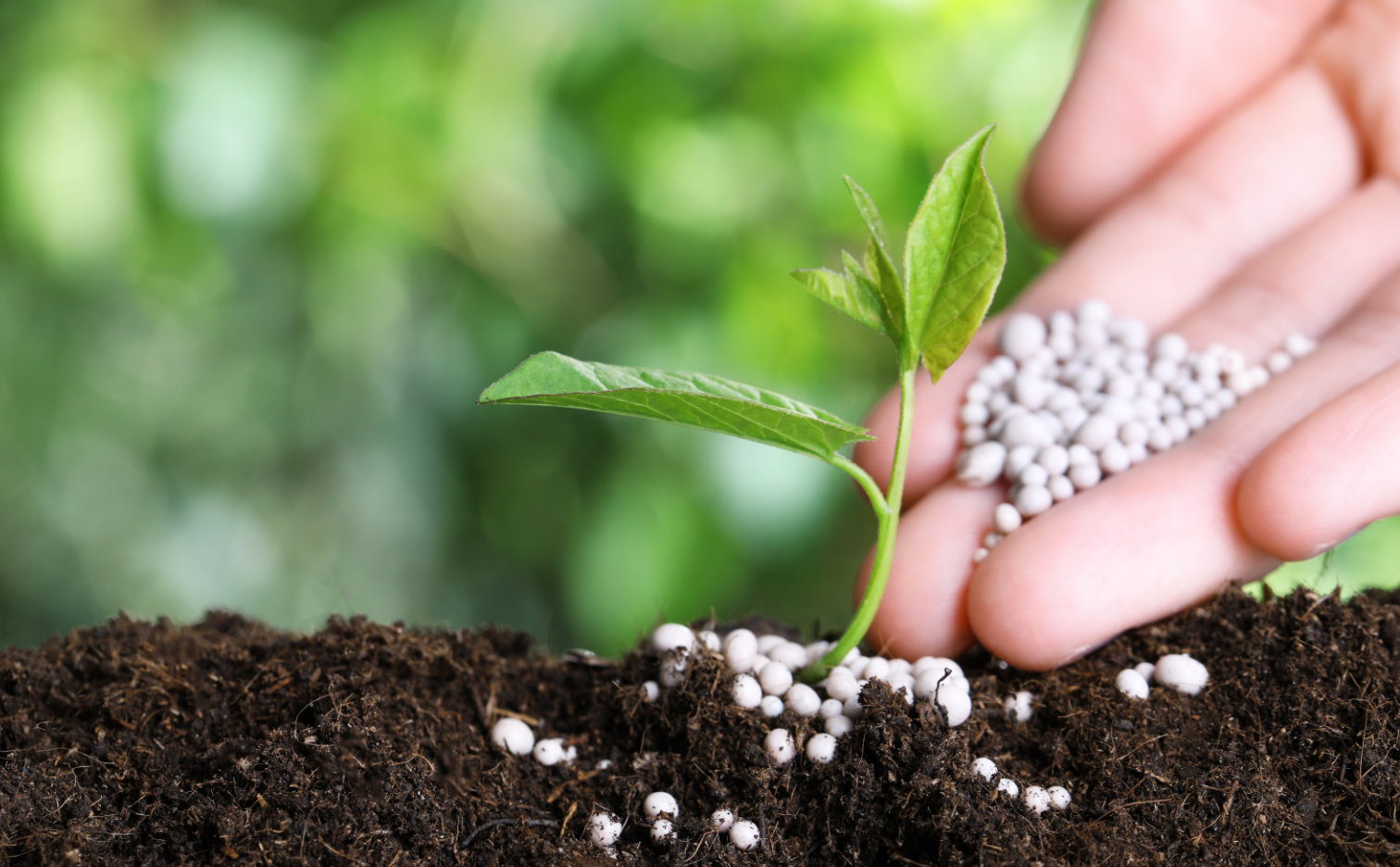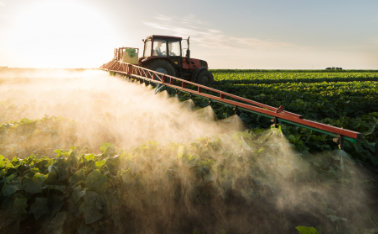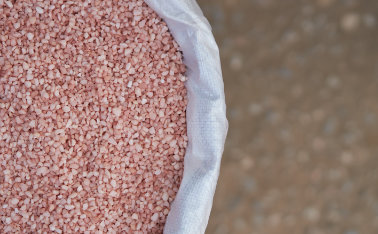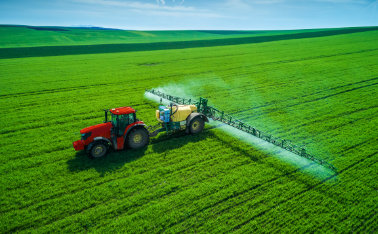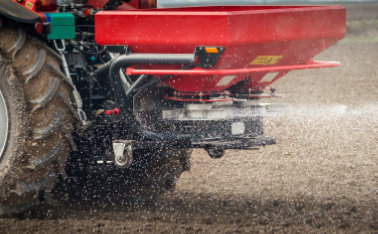POLIDAP and POLIDAP Light fertilizers
In the group of nitrogen-phosphorus fertilizers, POLIDAP and POLIDAP Light are offered with uniform, gray granules, grain size 2-5 mm, at least 92%. Coated granules, permanently non-caking. POLIDAP and POLIDAP Light can be used for all crops: winter and spring crops, industrial and root crops, on grasslands, and in the cultivation of vegetables and horticulture. POLIDAP and POLIDAP Light are recommended to be used first on soils poor in phosphorus. This group of fertilizers also includes the universal, concentrated phosphorus fertilizer Super FOS DAR 40 with a granulation of 2 – 5.5 mm, not less than 90%. The fertilizer is intended for plants that require a good supply of phosphorus, calcium and sulfur. [www.nawozy.eu].
The raw materials for their production (phosphates) were relatively cheap. Therefore, apart from cheap forms of fertilizers (phosphate meal, supertomasin), farmers were willing to buy through slightly more expensive (single superphosphates) to concentrated superphosphates (triple, triple borated) . Today, the most concentrated phosphorus fertilizer on the market is Fosdar – 40% enriched superphosphate (with calcium and sulfur). There are also less concentrated superphosphates on the market.
Amophosic and nitrophosic
Only soluble phosphorus can benefit plants. Taking this into account, the fertilizers with the best phosphorus solubility are amophosic (phosphorus in the form of ammonium phosphate), followed by nitrophosic (phosphorus in the form of calcium phosphate and ammonium phosphate).
Phosphorus from superphosphates produced on the basis of partially decomposed phosphates can be taken up relatively well by plants with a strong root system (e.g. perennial grassland) on acidic and very acidic soils. On very acidic soils (pH below 4.5–5.0), the absorption of phosphorus, which is reversed, is dramatically reduced.
For oilseed rape, cereals, especially spring cereals, this form of phosphorus will not be suitable. The best fertilizers will be made of chemically processed phosphates, and the best will be multicomponent fertilizers with phosphorus. From the point of view of fertilization efficiency, the most suitable fertilizers are granulated fertilizers in the form of easily soluble ammonium phosphate. Then the fertilization efficiency is at least 10% higher than with traditional superphosphates.
Types of phosphorus fertilizers
Due to the speed of action, phosphorus fertilizers are divided into groups:
- fast-acting – soluble in water (superphosphates, ammonium phosphates); the most widely used in agriculture are superphosphates, which differ in phosphorus content and form,
- slow-acting – soluble in weak citric acid (supertomassin not currently used),
- very slow-acting – poorly soluble in weak citric acid (phosphate and bone meal).
They can be used in autumn on most soils, except for acidic and very acidic soils, where the soluble phosphates are subject to very fast reversal, even to forms that are difficult for plants to reach. For this reason, it is not recommended to use phosphate fertilizers “in reserve” once every few years on these soils, so they must be spread every year. On acidic and very acidic soils, it is especially recommended to use phosphate flour, which dissolve only in an acidic environment.
Additional information on phosphorus fertilizers
In the case of phosphorus, there is no risk of leaching, preventing it from being displaced into deeper soil layers and into groundwater. Therefore, phosphorus for spring plants can be used in autumn in the full dose, in accordance with the fertilization requirements of a given plant.
Although it is possible to use phosphorus on neutral soils even once every few years, for economic reasons it seems to be of little benefit. Although it allows to reduce fertilization costs and save time (fertilizer is spread once instead of four times on the same field in four years), farmers will have to wait at least several years for the return on investment made in fertilizers.
Granulated phosphorus fertilizers should be used after harvest and mixed with the substrate to a depth of approx. 20 cm. The exception is when we are dealing with fruit trees with deeper rooted roots – in this case, mix the granules to a depth of 50 cm.
60-70 percent the phosphorus contained in the crop is removed from the field. Therefore, it is said that the research on soil abundance in macro- and micro components is correct. The whole established fertilization schedule should be based on this balance, which of course may change during the season in relation to the prevailing conditions. However, if you know the fertility of the soil, assuming that the fertility is low, it is known that you cannot afford to give up soil fertilizers, also with average fertility the starting dose should be kept. If the soil has not been tested, the minimum starting dose is 15-20 kg of phosphorus. If the soil analysis shows a very high phosphorus content in the soil, phosphorus can be foliar-fed in the crop formation phases without the need for under-root fertilization. However, it should be remembered that if you grow rapeseed and food grains, it is not worth saving on phosphorus fertilizers.
